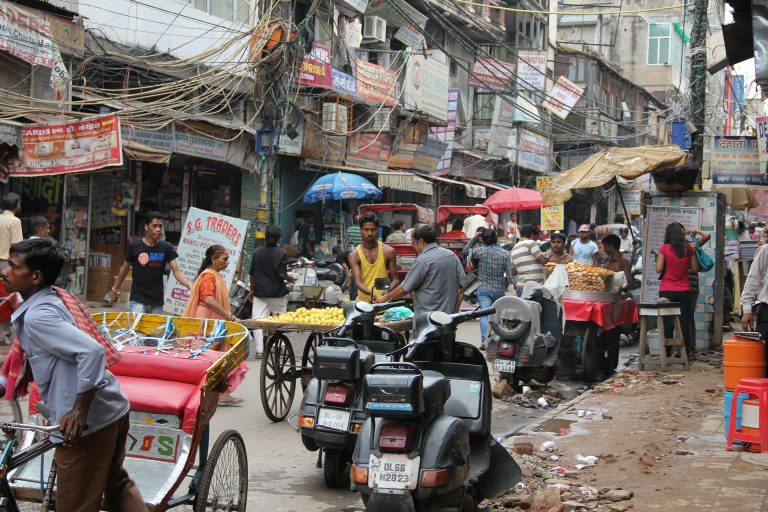
On November 1, the inhabitants of New Delhi, the capital of India, woke up under a thick blanket of smog. Air pollution was so severe that people had difficulties breathing. As a result, the local authorities even declared a public health emergency.
In fact, the various meters scattered around the city in some cases exceeded the 999 ceiling in the Air Quality Index (Aqi), which measures the levels of particulate matter and toxic substances in the air. This is the worst figure in the last two years.
State of Emergency in India
As every autumn – thanks to the absence of wind, the morphology of the city and the fog – the air quality in the Indian capital gets drastically worse. We have been talking about “emergency” for several years now. This means that the measures to combat the chronic environmental pollution are not enough.
Last November, Pm 2.5 meters reached 484 (on a scale of 500). As a result, the authorities in the capital rushed to impose the usual palliative, emergency measures. They started to close schools and factories and reduce the circulation of cars. Then they ordered the suspension of work on many construction sites and distributed 5 million antismog masks for citizens.
Air Pollution: What is happening in New Delhi?
Every year, for a number of factors, at the beginning of winter, there is a dramatic worsening of the air in what is already a public health crisis in a city with over 25 million inhabitants.
Many factors contribute to the serious air pollution in New Delhi. These include industrial emissions, emissions from private and commercial vehicles (public transport runs on gas). There are also the dust from construction sites that tirelessly demolish and rebuild entire areas of the city, and coal-fired power plants. Just think that 70% of India’s energy comes from fossil fuels. Finally, stubble combustion in neighbouring agricultural states is responsible for almost 10% of the pollution in the region.
All these factors then combine with a number of atmospheric phenomena, such as low temperatures, fog and no wind. As a result, a blanket of smog forms over the city and the entire Ganges plain, which reaches the Bay of Bengal until spring. The date that usually marks the passage is that of Diwali, a Hindu feast celebrated between October and November and for which the whole of India lights up daylight for the fireworks. At dawn the next day Delhi is like a gas chamber. With Diwali then begins the smog season in India. Here there is a very high incidence of lung and respiratory diseases, killing 1.2 million people every year.




